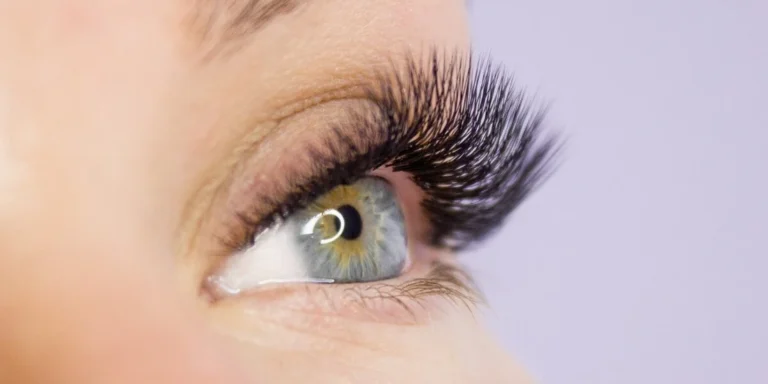
We’re well aware of the impact that eye contact can have. Those fluttering eyelashes? They’re not just for show—they bring a touch of charisma and charm to our eyes. For those of you keen on understanding the nitty-gritty before diving into a beauty treatment, this read is for you. Today, let’s delve into the fascinating science behind lash lifts.
The Structure of Lashes
Lashes include the following key components:
- Cortex
- Medulla
- Cuticles (scale-like cells forming the outer layer)
The medulla is the innermost part of the lashes. The cortex is a layer that forms 90% of your lashes. Cuticles are scale-like cells that form the outer layer of your lashes. They control the humidity levels of the lashes as well as provide strength and stability to the cortex.
In the normal state, cuticles are closed. They are also see-through, and the black color of lashes results from the melanin deposits in the cortex. If there are no melanin deposits, lashes appear light.
The hair cortex consists of three types of chemical bonds: hydrogen, salt, and disulfide. While hydrogen and salt bonds easily break down, disulfide bonds are very strong and ensure the shape of your lashes. Disulfide bonds are also components of keratin, which is the protein inside hairs.
pH of Lashes
pH refers to the concentration of hydrogen ions. Water at pH 7 is pH neutral. Anything higher than 7 is alkaline, and anything lower is acidic. Our lashes have a pH value of about 5.5.
The Science Behind Lash Lifts
To change the structure of lashes by making them look more curly, it is necessary to first break down the strongest disulfide bonds in the cortex’s keratin. This can only be achieved with chemicals. For the chemicals to enter the cortex, it is necessary to raise the pH of the lashes so that the cuticles open up and let the chemicals pass.
So, the first stage of a lash lift treatment is applying a curling lotion. This lotion breaks down keratin. It usually consists of:
- Thioglycolate
- Ammonium bicarbonate
- Ammonium
- Ethanolamine
Once the disulfide bonds in the lashes are broken down, the lashes become soft and are easily rolled into a new shape.
Then, fixing lotion comes into play. It neutralizes the pH and closes the lash cuticles as much as possible. Hydrogen peroxide is the best option to use to fix the new shape and close the lash cuticles.
Lash Lift Aftercare
It usually takes 12 to 24 hours after the lifting treatment for the cuticles to return to their normal state. That’s why you should avoid getting your eyelashes wet within 24 hours after the procedure. Water may seep through the lashes and spoil the new shape.
At Glaminator Beauty Bar, the health of your lashes is as important to us as their aesthetic appeal. We use high-quality products, and our estheticians perform the lash lifting procedure with the utmost care. Contact us today to enhance your lashes’ natural beauty!










